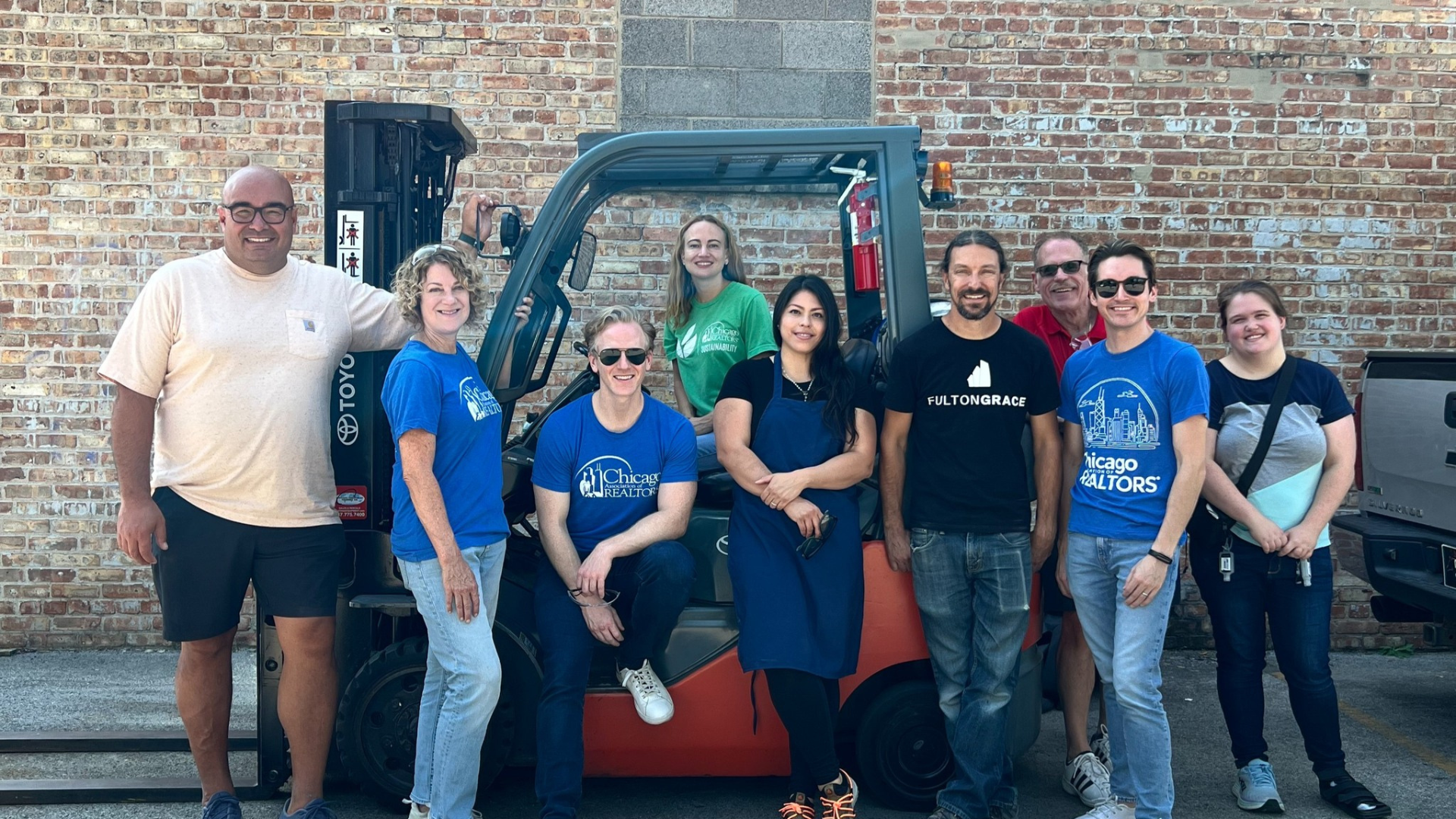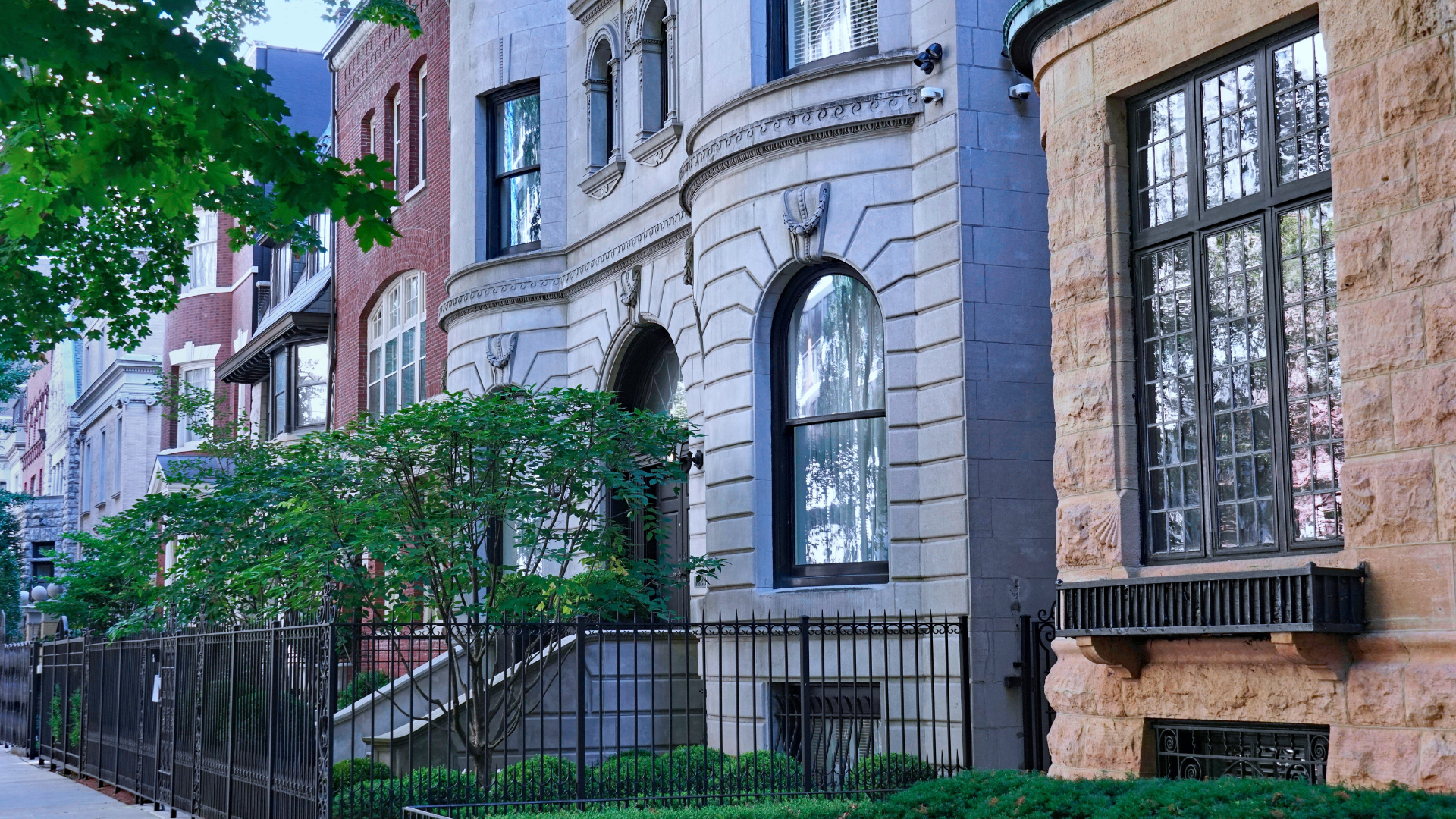Imagine a prospective buyer having the ability to walk out onto the terrace of a condo to sweeping Lake Michigan and skyline views — from the comfort of their home in the suburbs or even another state. Thanks to virtual reality, this scenario is entirely possible.
“The goal is to give people the freedom to be any place at any time,” said Matt Bell, co-founder and Chief Strategy Officer at Matterport, a leader in the VR space. “We want to make the online experience as realistic as possible.”
No longer reserved for video game nerds and sci-fi films, VR is poised to become a must-have sales tool in your real estate marketing plan. But what is it, and how is it different from 3-D?
VR is a method of consuming 3-D technology, according to Bell, and the next step of evolution in immersive experiences. “VR gives you the visceral feeling of being in a physical space. When you put on the goggles, you feel like you’re actually there — there’s a deep sense of presence.”
Being able to see and experience a prospective space is a huge deal. Photographs and video can skew a room’s dimensions – sometimes a good thing but oftentimes not. They are limited in their perspective. Virtual reality, however, captures exact dimensions, depths, colors and textures – so no surprises await prospective buyers. With VR, you can better understand the flow from room to room, as well as the view out the window. It’s a complete 360-degree immersive experience, as well as a 24/7 open house that will give your clients a firm understanding of what is possible in any space.
Since they started selling cameras about two and a half years ago, Matterport has captured and put online over 400,000 spaces, and over twenty percent of homes sold in the U.S. have a Matterport model – and growing. And it’s easy to see why VR is such a hot commodity.
Make House Hunting More Efficient
Virtual reality has the potential to make house hunting more efficient for buyers and simplify the showing process. “A REALTOR® can have a VR headset with them and quickly show their clients a range of properties so the buyer can get a sense of whether it’s worth a visit or not,” Bell said.
This is particularly helpful when clients are on a time crunch or remote, and it adds value to your interactions because it’s reinforcing the fact that you aren’t wasting their time.
Reduce Stress of Buying Remotely & Relocating
Virtual reality is a prime tool for helping remote buyers get a better sense for what they are purchasing. Because virtual reality takes you inside a home, you can get an idea of how large the kitchen is and if a bathroom is too cramped for your liking, all without actually having to be in the home. This is a great tool for those who can’t make a special trip to tour a property in person. “The added sense of presence is powerful, especially for remote buyers. It may be their only impression” Bell noted.”
Add Value to Open Houses
While some people see VR as rendering open houses obsolete, this isn’t necessarily the case. VR can add value to your open house. “It makes the process more efficient,” Bell said. “The people who show up will be more serious buyers.”
Visualize New Properties in Development
It can sometimes be difficult to visualize a property when all that exists is a muddy hole in the ground and a floor plan – but virtual reality is changing that. Through a VR experience, prospective buyers can tour units in virtual reality, “walking” around specific floorplans and potential layouts. Thanks to drones, virtual reality can even incorporate the view a buyer may have in a high-rise unit.
Commercial Real Estate & Leasing Applications
VR has many applications for commercial practitioners, as well. 3-D tours can help a prospective commercial buyer or tenant plan out the viability of a space for their needs. No longer do they need to be able to visualize their future office in a raw space – with the rise of virtual staging, prospective tenants can better envision a potential layout.
The Technology
Maneuvering through the VR is easy and intuitive – so much so that it’s easy to forgive the aesthetic challenge of the VR headsets.
There are a wide variety of headsets to choose from, at various price points. A sampling of popular options includes:
- Oculus Rift ($599)
- HTC’s Vive ($799)
- Google Cardboard ($15)
- Samsung Gear VR ($69)
It’s up to you to choose based on your budget and clientele needs.
Augment A REALTOR®’s Value
However, as much as virtual reality is changing the game, it’s no replacement for brokers – after all, it’s virtual, but it’s not reality. Your expertise is still needed to help your clients buy and sell homes, particularly when talking through the details – but virtual reality may make your job a little easier.
How to Turn Your Listings into a VR Experience
There are a few steps to taking a listing and turning it into a virtual reality experience. You can either buy your own headsets and equipment (Matterport’s camera is $3,600), or contract with a VR service provider trained in the technology – Matterport has a portal to get connected to their certified service providers in the Chicago area on their website. The camera (operated by you or a contractor), takes a scan of the space, capturing the appearance and dimensions of your listing along the way. This will generate a 3-D dollhouse floorplan and interactive walkthrough home tour that you can brand, embed and share on your website and social media channels. Then, the Matterport technology can be adapted to any virtual reality headset for an immersive VR experience.
* [matterport src=”ibs2QA1MRjG”]
FAQ
What is the cost?
Matterport’s camera sells for $3600, or you can contract with a Matterport Service Provider in the Chicago area to scan the space for you (each provider varies in cost). When you scan the space yourself, there is a monthly fee for hosting and processing, in the area of $50-150 per month, depending on the package you sign up for/the number of homes you’re going to scan. This gets you the 3-D tour. To then convert to VR, you’ll potentially have to pay a small fee, although Matterport is running a special to convert all spaces to CoreVR for free until at least June 2017.
Does this replace photos and a floor plan, or simply supplement it?
Up to you! There is the option to take your 2-D listing photos straight from the Matterport scan. And, it generates a dollhouse floor plan that is easier for your clients to understand than a flat drawing on a piece of paper. Plus, the Matterport VR app offers an easy-to-use option to publish any Matterport Space in VR for a truly immersive experience.
What different options are there for branding?
Matterport spaces are open for branding with your logo, are fully embeddable on your website, and easy to link to in your social posts and newsletters.
Is it mobile friendly?
Yes! CoreVR is available for Android as well as iOS (Apple users, get excited!).
How long is the time investment?
The time involved depends on the size of the scan. If you’re scanning the space yourself, expect to spend 30 minutes per 1,000 sq ft. The scan will then convert in the Matterport app in a matter of minutes.
If you’re using a Matterport Service Provider, you’ll receive the scan the next day.
Is Matterport the only option?
There are many options for VR, but for real estate, Matterport stands out from the crowd in terms of pricing and availability.










